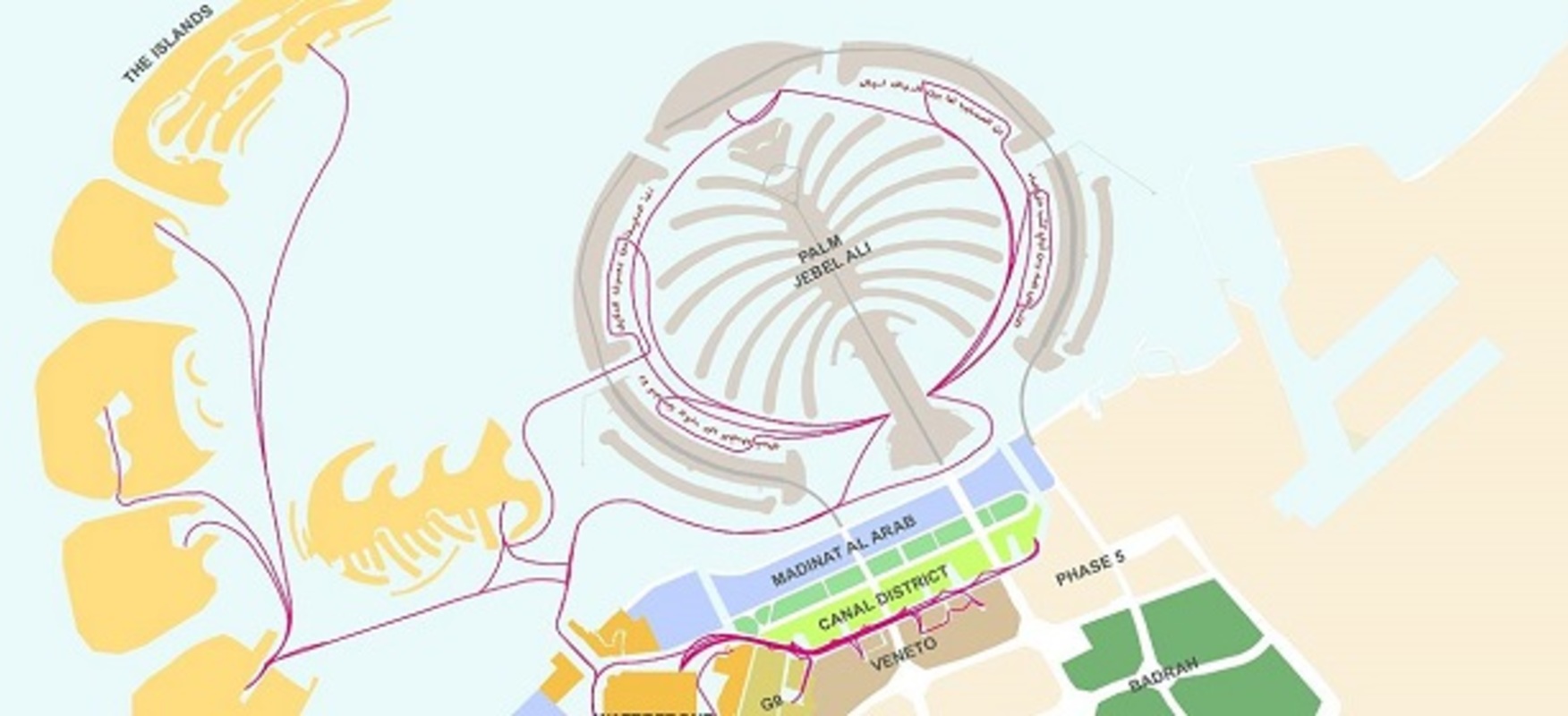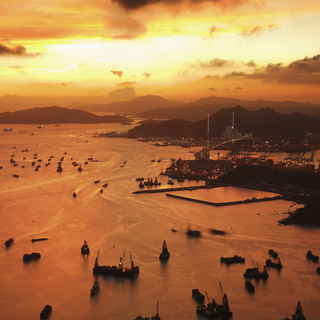
Marine Transport Masterplan, Dubai Waterfront and Palm Jebel Ali
BMT took part in a review of the opportunities for a public marine transport system as part of a previously commissioned waterfront master plan.
Nakheel had identified that marine transport can play a valuable role in the development’s transport mix and commissioned BMT, working with Cardno, to review the opportunities for a public marine transport system and identify how this can operate within the Master Plans already commissioned.
The study included:
Sustainability – The ability to accommodate marine transport that can link tourist infrastructure directly along Dubai’s coast would lead to significant reductions in car and bus trips and provide point-to-point transport.
Innovation – The massing of the developments with a Waterfront City and Canal District provided the opportunity for a modern emulation of Venice’s dense ferry system. For marine transport this meant (i) High frequency and transparency on schedules, with direct routes serving CBD and commuter areas, and intermodal links, (ii) High speed (relative to other modes), and (iii) High style and level of service.
Added Value – A fully integrated approach with the network, vessels and piers was provided to the client ensuring that the system capacity was well matched for all components.

BMT supported Parsons Brinckerhoff in developing the first marine transport masterplan for Dubai. A transport model integrating inland and offshore modes can realise significant efficiencies and benefits.

BMT delivered a Preliminary Marine Transportation Masterplan and an Intermodal Terminal Requirements study to identify the value of adding marine connectivity to Dubai's metro line development.

The Arabian Canal is a unique navigable waterway set within a broad corridor of waterfront real estate development. Years ago when it was proposed, it was anticipated that the canal would host a variety of recreational and public Ferry/Water Bus vessels. BMT delivered several marine planning services to aid canal development.

Our combined experience in hazard assessment and marine safety enabled the accurate identification of the relative risk of various transit routes.